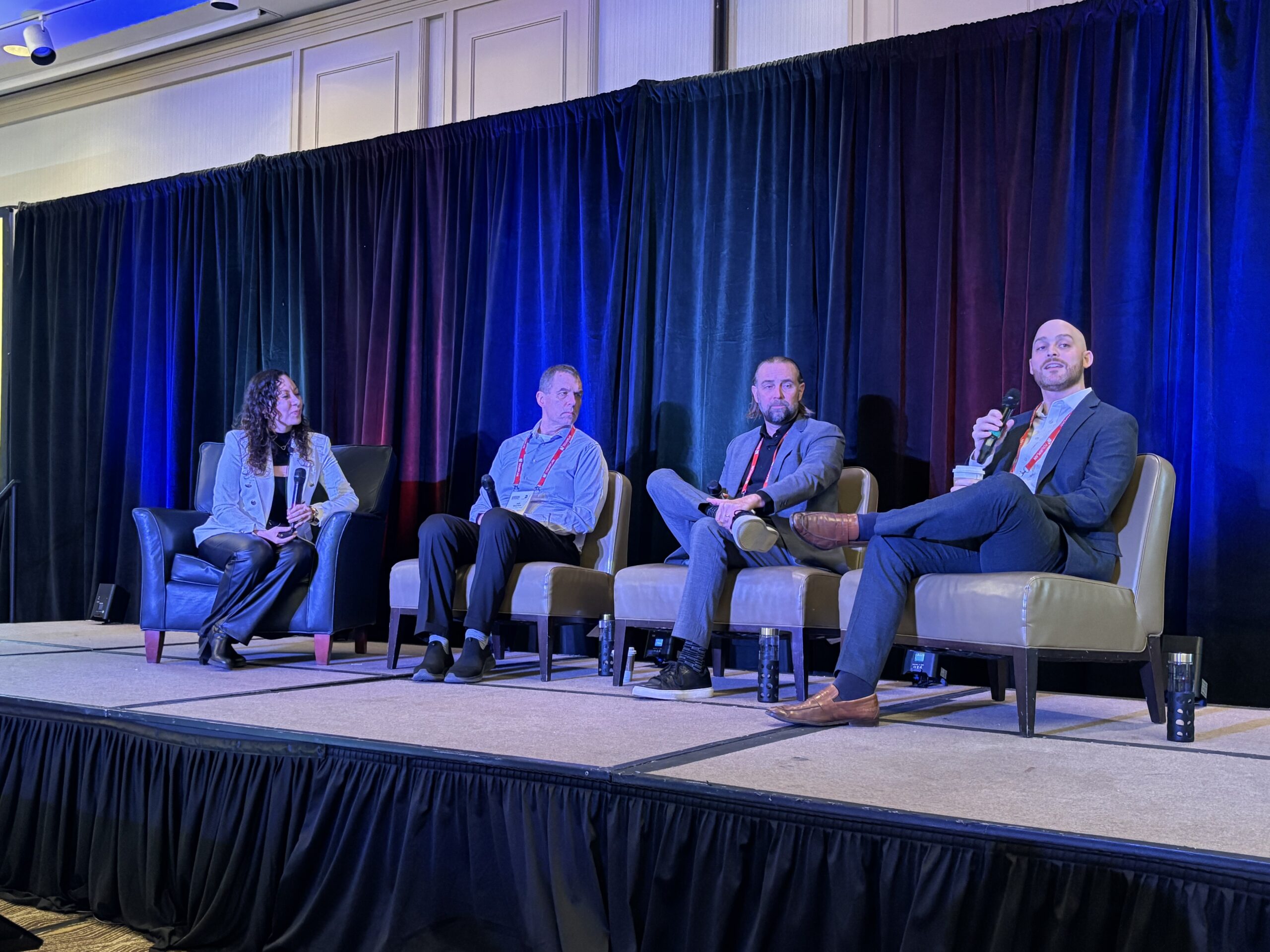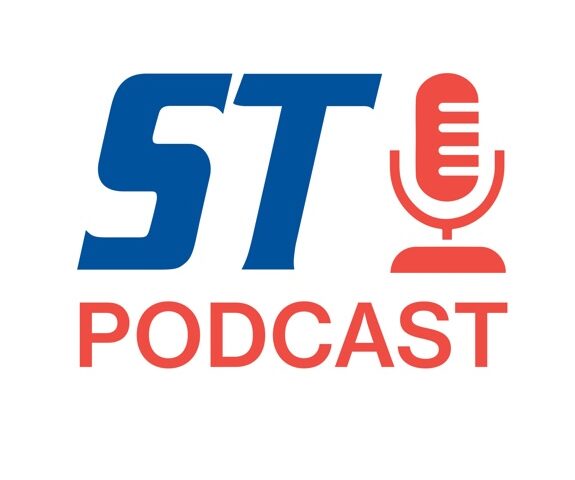
SALT LAKE CITY — Given the number of major sporting events coming to the United States over the next decade, the ability for destinations to attract new international travelers and use that initial experience to develop deeper connections was a central theme at the International Inbound Travel Association’s annual summit.
The Power of Sports Tourism
The expansion of Major League Baseball into international markets, along with the resulting interest in international inbound travelers wanting an authentic MLB experience, has been seen up close by the New York Yankees.
Mark Topley, New York Yankees associate director, strategic ticket sales and tourism, said at a panel that when the organization ran the numbers, 35% of its ticket sales business came from outside the Tri-State area. Of that number, 15% came from international sales.
“Tourism is very important to the Yankees,” Topley said. “The Yankees have been around for over 100 years and I would say we do a pretty good job of marketing ourselves in the U.S. … We saw many people coming from other markets interested in the Yankees. A lot of what we focus on is making the Yankees a year-round attraction. Games occur between April and September every year, but (with Yankee Stadium) we are truly a year-round attraction.”
Brandon Furyk, Onward Travel Group vice president, has worked with soccer clubs such as Real Madrid on logistical needs when in the United States on preseason tours. The ability to expand fan experiences beyond the game is important, he said, because “it doesn’t have to be just the ticket. We’re the ones who understand what the experiences are before and after the ticket.
“As we export sport from America and people get a taste of it overseas, there’s also countries that want to come here,” Furyk added.
Jeff Gayduk, Premier Travel Media president, emphasized the importance of youth and amateur sports tourism. He used the examples of the Grand Park Sports Campus in Westfield, Indiana, which got 1.3 million visitors last year and the Ripken Experience in Elizabethtown, Kentucky. “This is happening underneath our noses,” he said. “We have these complexes in our communities and backyards and there are events going on there all the time. There’s an equal or even greater opportunity to bring inbound participants in to participate in sports.”
The panel was moderated by Luisa Mendoza, Global Tourism Sports and Entertainment founder and CEO, who said international visitors are “not just going to come in and see a game. … You want to get to know the city and the food and the culture.”
Major Opportunities Upcoming
The opportunities for host cities and beyond in the upcoming 2026 FIFA World Cup and 2028 Olympic and Paralympic Summer Games were discussed during an opening day session “Coming to America: Opportunities Abound to Draw Visitors.”
Los Angeles will be one of the central focuses of the World Cup with eight matches, including the first U.S. national team match plus three knockout matches including a quarterfinal. L.A. will then host the 2028 Games, its third time as an Olympic host.
All of that has been in the background understandably as the region spent the past weeks dealing with wildfires that tore through several areas of Southern California. Adam Burke, Los Angeles Tourism and Convention Board president and CEO, started his appearance on the panel by addressing the wildfires and thanking those in the crowd for their outreach.
“We have been so overwhelmed by the support of the last couple of weeks,” Burke said. “We spent two weeks fighting wildfires and now we’re fighting perceptions. The vast majority of L.A. is open for business,” ruefully noting the number of people who think an AI-generated image of the Hollywood sign on fire was real.
Burke wants to be able to focus on what the FIFA World Cup and LA28 events will be able to bring not only to his area but the ability for what he called “collab-petition” between sites.
“This is not L.A.’s World Cup or Kansas City’s or Grapevine’s,” he said. “This is a massive opportunity for the U.S. The World Cup is only going to be successful if the cities are successful.”
To that point, Burke said “part of what we’re leaning into is the diversity of product in the U.S. You look at something like World Cup does, it’s not just visitation during that event. It’s an incredible opportunity for people to do a deeper dive to the products within the U.S. It’s a massive opportunity for the entire industry.”
A city looking to capitalize on the Dallas angle to the World Cup is Grapevine, which is located in the DFW metro region along with Fort Worth, Frisco, Arlington and more. Heather Egan, Grapevine Convention and Visitors Bureau director of leisure and international sales, said she expects over 100,000 international visitors a day during the World Cup at the Dallas-Fort Worth International Airport, which is located in Grapevine.
“A lot of those visitors when they come, they’re not just coming for one match or two matches,” Egan said. “They’re going to go from Dallas to Los Angeles and Kansas City and Atlanta. We want to partner with all the different destinations to make the most of a visit to the USA.”
Tyler Gosnell, U.S. Travel Association managing director of international inbound travel, said his organization will release a report detailing needed travel reforms ahead of the FIFA World Cup, LA28 and other events in the decade ahead. “We are going to have people coming in who have never been in the U.S. before — how do we ensure they have a fantastic experience so they are going to return,” he said.
Jackie Ennis, Brand USA managing vice president global trade development, added that the organization wants “to be on the ground ahead of time informing and advising the education, travel and trade community about the possibilities of traveling within those 11 host cities but the opportunities beyond. This is an opportunity to connect the dots to lesser-known cities.”
The panel was moderated by Fred Dixon, Brand USA president and CEO. Before the panel, Dixon addressed a review of 2024 and looked forward to events this year and beyond, saying “my goal is to capitalize on the opportunities that are out there for us.”
Brand USA, through a Tourism Economics report issued in December, projects 78.8 million inbound international travelers this year with an increase to 85.8 million in 2026. Last year’s travel and tourism spending was $254 billion, a 12.4% increase on the previous year. Outside of Mexico and Canada, the most inbound international travel came from the United Kingdom, followed by India, Germany, Brazil and Japan.
“Seven months in,” Dixon said of his tenure, “it is very clear to build a more resilient, stronger Brand USA and meeting the ever-changing landscape of the international travel market.”











 Copyright © 2025 by Northstar Travel Media LLC. All Rights Reserved. 301 Route 17 N, Suite 1150, Rutherford, NJ 07070 USA | Telephone: (201) 902-2000
Copyright © 2025 by Northstar Travel Media LLC. All Rights Reserved. 301 Route 17 N, Suite 1150, Rutherford, NJ 07070 USA | Telephone: (201) 902-2000